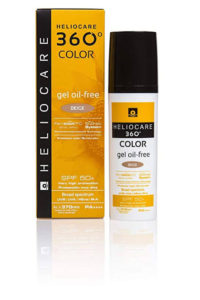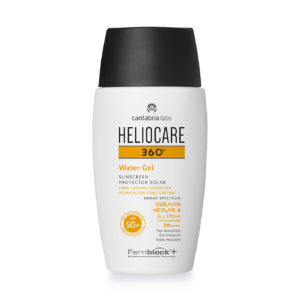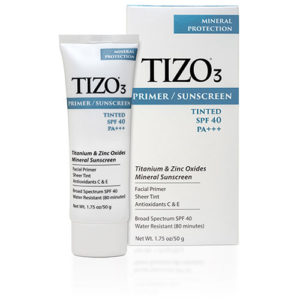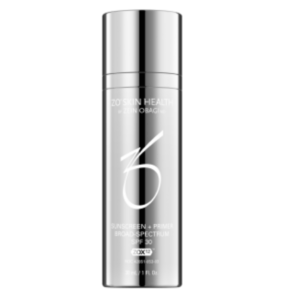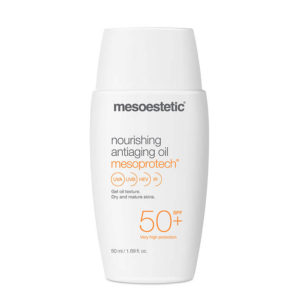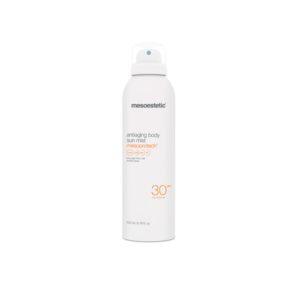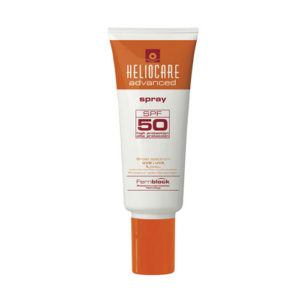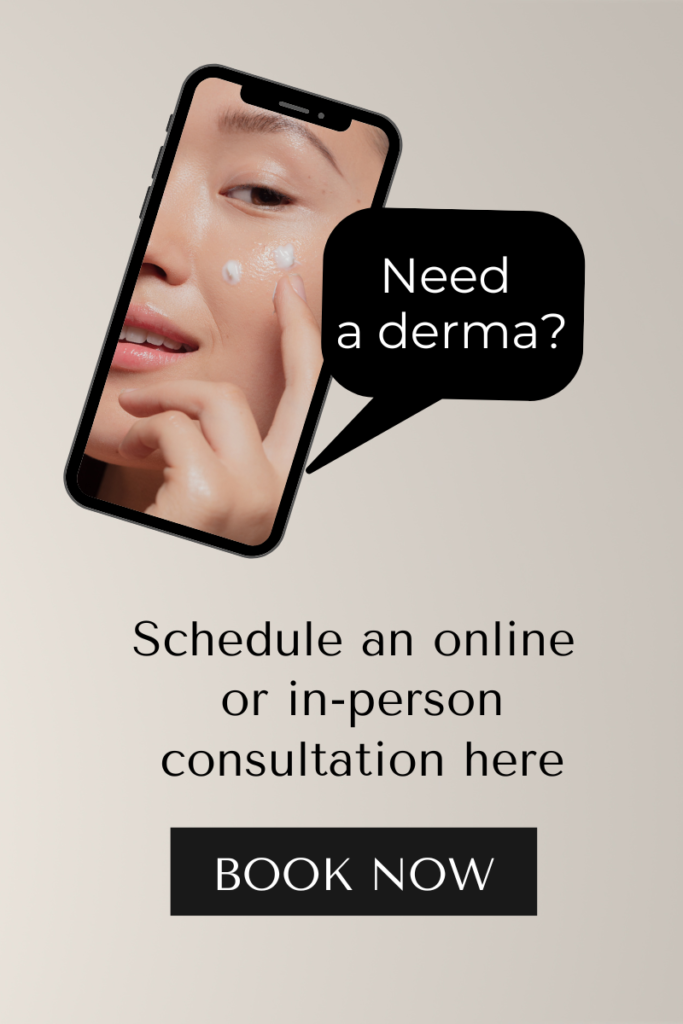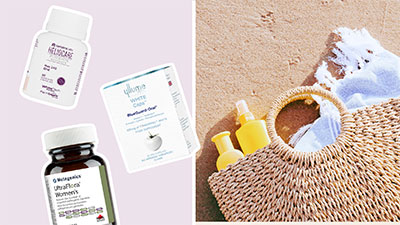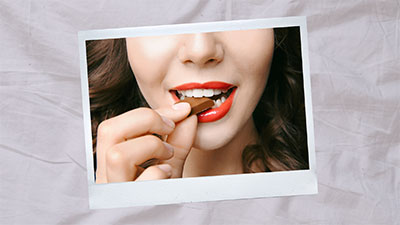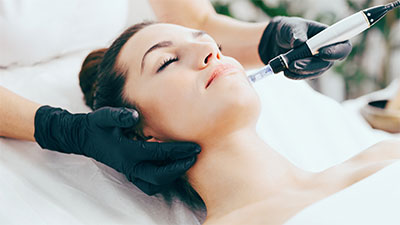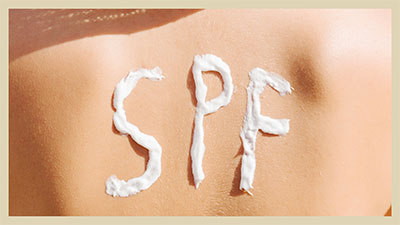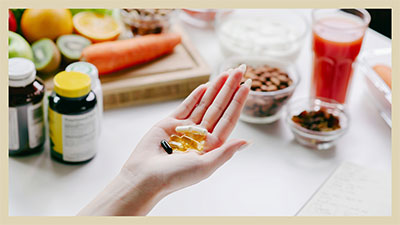Here’s Your Complete (And Easy) Guide To Sun Protection
Read this before shopping for your next sunscreen.

Bright, sunshine-y days may signal all sorts of happy things, from beach trips and outdoor adventures to cool summer cocktails and breezy outfits. But it also comes with an ugly side: Think sunburn, photo-aging, and even skin cancer.
This is precisely why skin experts have always pushed for proper sun protection—and not just during the summer, but all year round. Yet despite the clear dangers of sun exposure, many of us still see sunscreen application as an optional step in our skin care routines; an added to-do that makes little or no difference. (False!)
Here, we’ve listed down some quick facts to help you choose the best sunscreen product for you and your family, how to master proper application, and ultimately be reminded of the importance of sun protection. Read up!
Broad-spectrum sunscreens are your best friend.
Not sure what to look for in your sun shield? Here’s one of the first things you should check in the label: the words broad-spectrum. It basically means that it is capable of protecting against both UVA and UVB rays.
Quick definitions: UVA stands for Ultraviolet A rays, which penetrate deep into the skin and are also called “aging rays,” because they are known to contribute to the formation of the signs of aging on the skin: fine lines, wrinkles, and age spots. They’re stronger than UVB rays and can pass through clouds and glass windows. UVB, meanwhile, stands for Ultraviolet B rays, a.k.a. “burning rays” because they primarily burn skin and can cause skin cancer.
The good news: Most sunscreen formulas nowadays offer broad-spectrum protection, so you shouldn’t be hard-pressed to find one for your daily needs. Moreover, aside from providing UVA and UVB defense, broad-spectrum formulas now also shield from Infrared-A or IR-A (from lamps and ovens) and Blue Light (HEV-L) from your computer or phone screens, which make them great skin protectors even while you’re just staying at home.
Great for sensitive and oily skin, this light breathable fluid absorbs quickly into the skin and delivers full protection against UVA, UVB, visible light and infrared-A.
This tinted sunscreen provides complete sun defense and flawless skin coverage in one versatile formula.
Want something super weightless? Try this water gel formula that’s quickly absorbed, leaving skin hydrated and extra comfortable even under the sun.
When it comes to SPF, go for at least SPF 30.
America’s Skin Cancer Foundation recommends the use of a product with an SPF of 30 or higher for any extended outdoor activity. In case you’ve forgotten: SPF stands for sun protection factor, and this number basically tells you how long it would take for the sun’s UVB radiation to redden the skin versus the amount of time it would take if you’re not using any sunscreen. Simply put, if you’re using a product with SPF 30, it would take you 30 times longer to burn than if you weren’t wearing any sun protection.
Given this concept, we should all be reaching for products with the highest SPFs, right? Well, not exactly. At best, high-SPF sunscreens can give you only slightly better protection than a sunscreen with SPF 50. Case in point: SPF 30 blocks nearly 97% of UVB radiation, SPF 50 blocks about 98%, and SPF 100 blocks about 99%. Moreover, using a product with SPF can potentially give you a false sense of security, making you spend more time under the sun.
For daily use—and even when just staying indoors—it’s safe to go for a broad-spectrum product with SPF 30. If you’re heading out to the beach or outdoors, you can go higher; just don’t forget to re-apply regularly.
This product’s light gel texture is great for normal, oily, and acne-prone skin types.
FYI: Physical and chemical sunscreens work differently.
As the name suggests, physical sunscreens (also known as mineral sunscreens) act as physical blockers, which work by sitting on top of the skin to deflect and scatter UVA and UVB rays. They contain active mineral ingredients, such as titanium dioxide or zinc oxide, and are known to be better for sensitive types—including babies and children—since they don’t penetrate deep into the skin.
This primer-and-sunscreen hybrid is a mineral sunscreen that’s lightly tinted for a flawless matte finish. It’s great for the face!
Chemical sunscreens, meanwhile, are absorbed into the skin and act by causing a chemical reaction that converts UV light to heat, which then dissipates from the skin. It’s worth noting though that some formulas, especially those containing oxybenzone, have been known to cause allergies in some skin types.
So which is better? It really boils down to your skin type and needs. To be on the safe side, though, it’s best to stick with physical sunscreens—especially now with new formulas designed to be lighter and thinner, so as to avoid that heavy, greasy feeling upon application.
Not all sunscreens are created equal.
While there’s no harm in using drugstore sunscreens (plus, they’re cheaper, too), Michelle Reyes-Navarro, founder of Bella Pelle Philippines, stresses that if you really want no-fail protection, it’s best to opt for a medical-grade sunscreen that’s usually only available at the doctor’s office. Aside from being dermatologist-approved, these premium products contain more high-quality active ingredients, which is why they’re more expensive. But you get what you pay for—and that’s reliable protection trusted by the experts themselves.
This sheer matte sunscreen features an exclusive 12-hour time-release antioxidant complex for photodamage protection.
A high-factor sunscreen specifically formulated for skin with pigmentations, it helps promote a healthier, even tone as it protects.
Proper sunscreen application is king.
Remember: Even the best sunscreen formula in the world becomes useless if not applied properly. Here are some tips on how to apply like a pro:
- Apply enough product. For the face and neck, use about 1/3 to ½ teaspoon of product to ensure coverage, and make sure to work your sunscreen into every nook and cranny, up to your hairline. For the body, most adults typically need around a shot glass-full of product or around six teaspoons.
- Cover all skin—especially areas not protected by clothing. The ears, neck, and the top of your feet are often overlooked areas, so make sure not to neglect them. It’s also good to add extra protectors, such as sunglasses, a wide-brimmed hat, or a scarf. To protect your lips, apply a lip balm with at least SPF 15.
- Apply before sun exposure. While physical sunscreens work immediately after application, chemical sunscreens take a while to be absorbed and become effective. As a rule of thumb, apply your product approximately 15 minutes before heading out.
- Re-apply every two hours. Regardless of your product’s SPF number, re-application every two hours is crucial to ensure continuous protection. Also, don’t forget to re-apply immediately after swimming or sweating.
This sun-shielding oil offers high-factor protection while leaving a comfortable, nourishing finish. (It’s perfect for tanning, too!)
This fresh and ultra-light body mist feels like water on the skin and is highly absorbable—making re-application a breeze.
The mess-free, spray format makes it easy to apply all over the body and on hard-to-reach areas for optimum coverage.
For other concerns and for customized skin care recommendations, you can book a virtual dermatological consultation with Dr. Maximin Navarro, Bella Pelle Philippines’ resident dermatologist and a Philippine Dermatological Society (PDS) fellow, here.
In the meantime, read about how you can build a skincare routine for your skin type, and learn more about the finest skincare products thoughtfully selected for you by Bella Pelle Philippines here.
For more beauty and skincare tips, subscribe to our newsletter:
SHOP OTHER PRODUCTS:
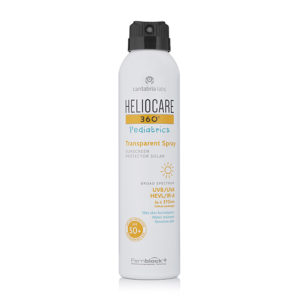 Heliocare 360 Pediatrics Transparent Spray |
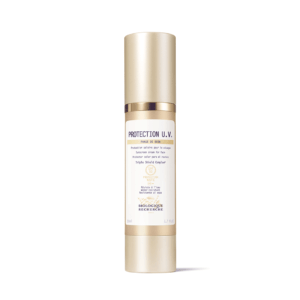 Biologique Recherche Protection UV SPF 50 |
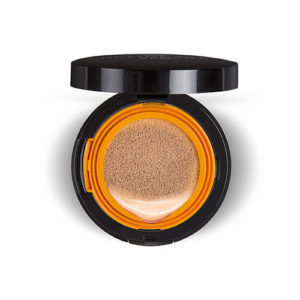 Heliocare 360 Cushion Compact |
RELATED READS:
- The 5 Best Sunscreens to Use Indoors
- Here’s Why You Should Consider Using Tinted Sunscreens Instead
- Here’s An Easy Way To Predict How Your Face Will Age


